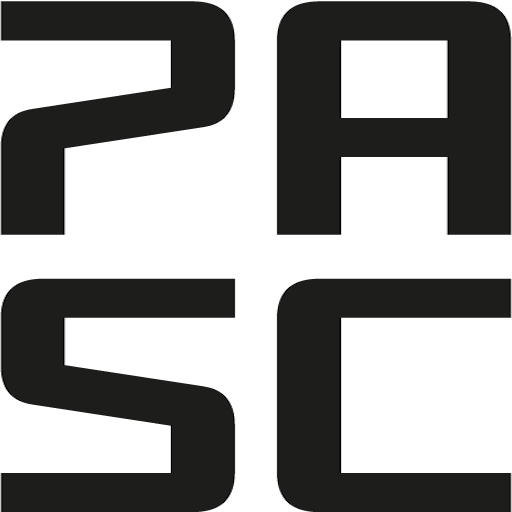The PASC17 Conference, an interdisciplinary conference in high performance computing that brings together domain science, applied mathematics and computer science, is pleased to announce that this year’s program will include a panel discussion on the topic “Beyond Moore’s Law.” The panel discussion will be chaired by John Shalf from Lawrence Berkeley National Laboratory.
PASC17 Panel Discussion: Beyond Moore’s Law
The computer architecture and HPC communities are nearing the limits of scaling traditional CMOS technology that up to this day has followed Gordon Moore’s predictions for doubling transistor density every 24 months. In fact, CMOS is now predicted to first slow down and eventually cease scaling by the beginning or middle of the next decade, with industry forecasting that technologies beyond 2 or 3 nm may be infeasible or impractical due to cost, manufacturability, and the size of molecules which acts as a hard lower limit. The end of Moore’s law does not mean the end of performance scaling for digital computing, but an invitation to identify novel methods to continue this scaling. Extending Moore’s Law presents major technological challenges, given that any further long-term advances in performance over cost (compute efficiency) need to originate from novel architectures, technologies (devices), or computational models. In this panel discussion we will explore all these post-Moore approaches, and discuss what computational scientists should expect in the next decade.
About the session chair
John Shalf is Department Head for Computer Science at Lawrence Berkeley National Laboratory and deputy director of Hardware Technology for the DOE Exascale Computing Project (ECP). He is a co-author of over 80 publications in the field of parallel computing software and HPC technology, including three best papers and the widely cited report “The Landscape of Parallel Computing Research: A View from Berkeley” (with David Patterson and others), as well as “ExaScale Software Study: Software Challenges in Extreme Scale Systems,”which sets the Defense Advanced Research Project Agency’s (DARPA’s) information technology research investment strategy for the next decade. Before joining Berkeley Lab in 2000, he worked at the National Center for Supercomputing Applications at the University of Illinois and was a visiting scientist at the Max-Planck-Institut für Gravitationphysick/Albert Einstein Institut in Potsdam, Germany, where he co-developed the Cactus code framework for computational astrophysics.
Speakers for the panel discussion will be announced in the following weeks.
For further details regarding the PASC17 Conference, please visit our website.
The PASC17 Conference, co-sponsored by the Association for Computing Machinery (ACM) and the Swiss National Supercomputing Centre (CSCS), will be held from June 26 to 28, 2017 at Palazzo dei Congressi, located in Lugano, Switzerland.
